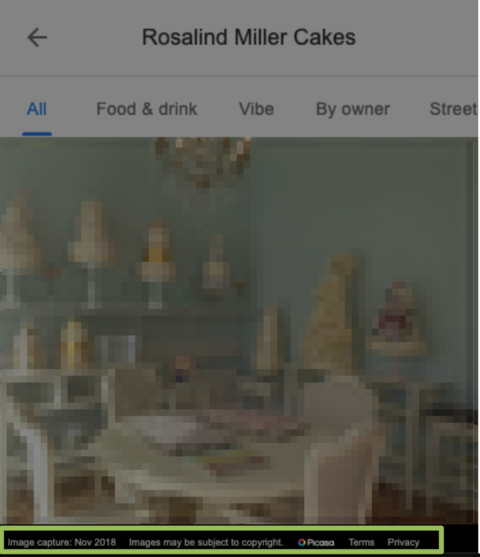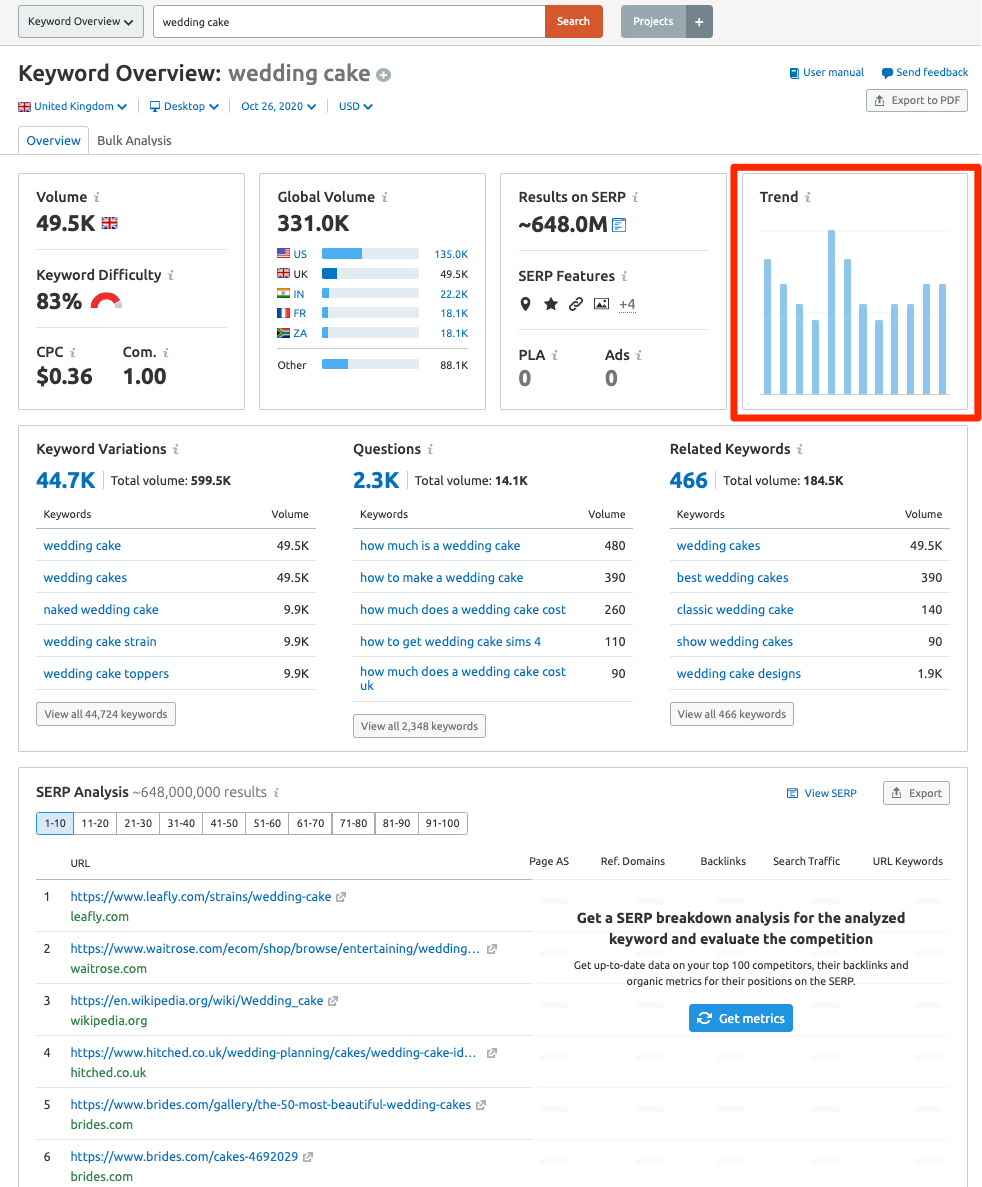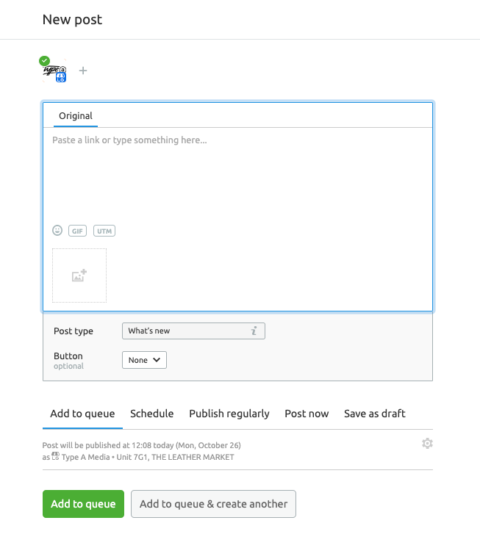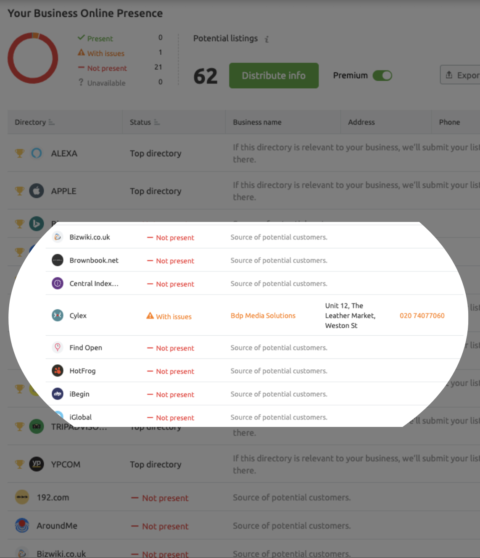Want to learn how to keep returning customers engaged and convert new customers through your Google My Business listing?
On October 28, I moderated a Search Engine Journal webinar sponsored by SEMrush and presented by Ross Tavendale, Managing Director at Type A Media.
He walked through some simple workflows that small business owners can start doing today in order to work smarter with their Google My Business (GMB) listing.
Here’s a recap of the presentation.

Running a small business is hard.
Often, as the owner of a small business, you are in charge of HR, finance, operations, sales, marketing and a million other things.
In today’s fast-paced environment, if you’re just standing still and maintaining the status quo, that actually means that over time your business will experience attrition and start to fall behind.
So when it comes to the world of ranking well in Google, you need smart workflows that save you time, grow your business, and keep your customers happy.
What Gets Measured, Gets Managed
In order to make better business decisions, you need to understand what you are looking at.
Have you ever asked yourself these questions:
- Where did that new customer come from?
- Where did that new sale come from?
- Why is it so busy today?
- Why is it so quiet today?
- How did customers hear of us?
If you say “the internet” in answer to these questions, we have an issue.
The first way to address this is to get your “direct” traffic as close to zero as possible.
Direct is the default for no other information being passed to Google Analytics.
To avoid this you should do the following.
Implement UTM Tracking on All External Links
- Google My Business.
- Facebook.
- Twitter.
- Instagram.
- Your email signature.
- Everything!
You can use Google’s Campaign URL Builder to add UTM parameters to your links.
You can then view traffic segmented in the Events section of Google Analytics.
Use Dynamic Tracking Phone Numbers Based on Referrer
It is also advisable to have the phone number of the site change depending on where the customer came from.
You can use a service like Call Tracking Metrics to do this.
Putting a call whisper on each number is also helpful as it allows you to get immediate information from each call without relying on analytics.
Connect this directly to Google Analytics to understand what converts.
If you have the time, it would also help if you listen to calls and train your staff on how to best handle such inbound calls.
Create Custom Landing Pages
Another best practice is to create custom landing pages on your Google My Business, Facebook, or Twitter profiles.
Do not send them to the homepage – instead, send them to a dedicated services page.
This is because the people who click on this page don’t want your contact information.
Your GMB listing already shows your phone number and address anyway.
If they wanted your contact information, they would never click on it.
What they most likely want is to understand your service so they can make a decision to buy from you.
Combat ‘Dark Social’ with Tracking on Open Graph URLs
Open graph (OG) is the meta data used when sharing to social sites.
When people share (via WhatsApp, Messenger, etc.), Google Analytics records it as direct traffic.
To combat this, make sure to add UTM parameters to OG tags to combat it
Note that this is not 100% fool-proof, but a work-around you can test.
Managing One-Off & Recurring Tasks
You can also set up workflows for managing your one-off and recurring local SEO tasks.
One-off tasks include:
- Setting up your Google My Business listing.
- Creating listings on third-party directories.
There are also recurring tasks such as:
- Managing your GMB listing.
- Creating GMB posts.
- Responding to reviews and mentions around the web.
GMB Listing Setup
Your GMB listing should be complete and fully optimized so make sure to fill in all the things, including your:
- Primary Category.
- Secondary Categories.
- Attributes.
You can also use tools such as:
- Pleper to get a full list of categories.
- GMB spy Chrome plugin to see what others are using.
Another overlooked optimization tactic is the EXIF data contained in your images.

Deliberately take images using a phone camera while your GPS is turned on and upload them directly.
The more location-based signals the better.
To add GPS data to your images, you can use a tool like GPiSync.
GMB Listing Updates
You should find the time to regularly update your GMB listing.
Remember to change your categories according to the seasons.
For example:
- If you are a bakery business, change the category to “Wedding Cakes” in spring.
- If you are a butcher, change your category to “Christmas Hampers” in November.
Use SEMrush’s Keyword Magic Tool to see the Trends associated with the keywords.

GMB Posts
GMB Posts are like social media updates for your business in your profile.
Use them regularly to communicate with your customers and promote new products and services.
Regular activity helps rankings and boost conversions.
Use SEMrush Social Media Poster to plan the posts ahead of time and automate the process.

Mentions Around the Web
Set up Google Alerts to get email notifications once your business name or a relevant keyword for your business is mentioned around the web.
You can also track your brand mentions using SEMrush and subscribe to relevant news stories in Google News.
And remember to always reach out for links and respond to reviews.
Setting up Your Business Across the Web
If you need to bulk upload and control your data across various platforms, using the SEMrush Listing Management tool can help.
It also allows you to spot check for Name, Address, and Phone number (NAP) data inconsistencies that are hurting your rankings.

Reply to All Your Reviews in One Place
The SEMrush Listing Management tool also enables you to collect all of the reviews in a single place so you don’t need to keep tabs on loads of websites.
Reply within the interface and set up one to many communication so you don’t need to keep repeating yourself.
Analyzing Reviews at Scale
There are so many insights you can gain by reading and understanding customer reviews.
If you’re getting a large volume of reviews, you need to be able to mine that information to understand what’s going on.
This is also essential if you’re a multi-location business or if you’ve got multiple services you’re running at any point in time.
Use NLP to Get Deep Insights Into Reviews
A scalable way to analyzing your reviews is by using Natural Language Processing (NLP).
NLP is a type of AI that understands the sentiment and entities in text.
Google lets you use their NLP for free.
If you don’t have time to run every review through NLP, you can use Coda.io, which has Google NLP baked in.
It lets you check sentiment, product category, and entities in your reviews to get aggregated insights
Here’s an example using SEMrush reviews from Trustpilot.
Use Zapier to Automatically Push Reviews to Your Coda Doc
Every time you get a new review, SEMrush will tell you that you can respond to it.
Coda will collect it and analyze it for you on the fly so you can get an idea about how your customers are finding your experience.
Set custom emails if certain words are mentioned or a certain sentiment score happens.
[Slides] Local SEO Workflows to Grow Your Business in Google
Check out the SlideShare below.
More Resources:
- How to Use Google My Business to Boost Your Content & SEO
- How to Get More from Your Google My Business Listing
- Local SEO: The Definitive Guide to Improve Your Local Search Rankings
Image Credits
All screenshots taken by author, October 2020
Join Us For Our Next Webinar!
The Data Reveals: What It Takes To Win In AI Search
Register now to learn how to stay away from modern SEO strategies that don’t work.


